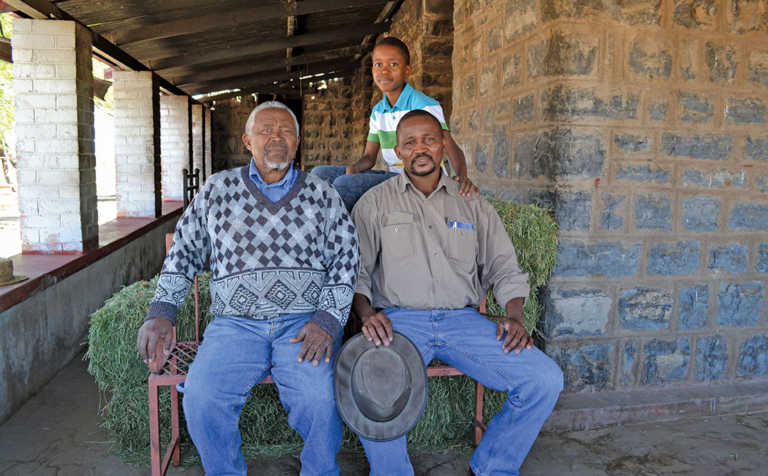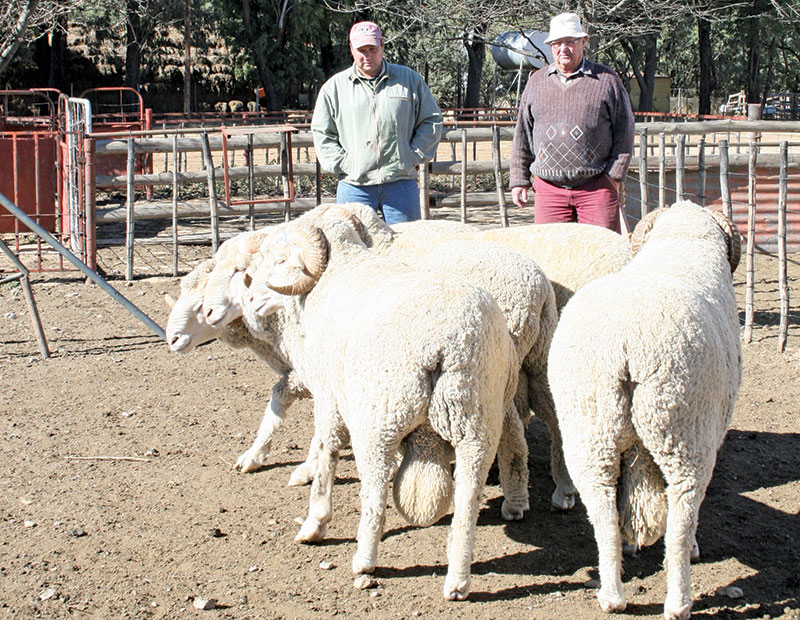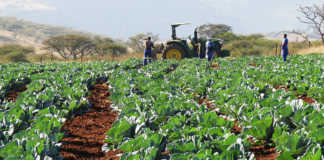
For most farmers, handing over their business to their children is the dream of a lifetime. However, this often results in a form of free labour. Farmers don’t advertise for a successor, but if they did, the advertisement might read as follows:
“No specific skills required. Will be under constant supervision of the owner. Won’t be allowed to take important decisions. No leave for the first five years. Free vehicle, housing and food. The rest of remuneration not really relevant.”
Most farmers, if they are honest with themselves, will acknowledge that this is more or less the job description under which they are bound to the farm, and with which they will in turn bind their sons to the farm.
This arrangement is far from ideal, and it’s small wonder that so many sons become frustrated. They don’t know precisely what their duties are.
In turn, their fathers become irritated because the sons cannot seem to work out for themselves what they have to do around the farm.
Many misunderstandings between father and son would be removed if the advertisement read as follows:
“Assistant farm manager required. Responsible for learning management skills and developing a family business.
“With the owner, must focus on grain production and the financial responsibilities that go with it. Must also make a contribution to the overall activities of the farm through research into, and implementation of, new production strategies and marketing opportunities.
Should know how to interpret farm records and financial information. Will be involved in the scheduling and completion of all daily farm activities.
“Remuneration is market-related and working conditions pleasant.”
The handover
The act of transferring a farm from father to son – or from any family member to another – cannot take place overnight. It is a process in which much planning, management decision-making and communication must take place.
Various aspects must be identified and addressed long before the planned date of transfer to ensure that both parents and children are satisfied
with the arrangements.

The ideal handover is one in which responsibilities are gradually transferred from father to son. At first, the son works for his father, then the two work together. Eventually, the father works for his son.
There are a number of factors that influence the timespan and scope of this management transfer. Two separate UK studies concerned with issues of succession both identified a specific pattern of farm management transfer.
Based on these findings, the most important aspects of management handover are the following, in order of importance:
- The age of the father;
- The father’s perception of his son’s management ability;
- The size of the farming operation;
- The value the father places on staying in charge.
It should be noted that the mother also plays a role in the process. Although she will not usually interfere unless she sees her husband’s health is beginning to suffer, she is usually a good negotiator.
She plays an important role in making the handover process smoother in that she is able to bring the opinions of father and son closer together.
Most older farmers have little or no desire to take life easier. Early retirement after active employment, as often happens in the business world, is rare among farmers.
Only old age, injury, poor health or pressure from his wife to retire will persuade the farmer to scale down his involvement and give more control to his son.
Developing a clone
Many farmers place a high value on the need to develop their sons’ business skills, believing it is a long and gradual process. Only when he is convinced that the son will take the same management decisions as himself will he believe the son’s management ability is fully developed.
Faced with this attitude, the only standards to which the son can aspire are those of his father, not his own.
Hastings’s study found that on a larger farm, a father usually could not deal with everything himself, so was more disposed to transfer certain management areas to his son earlier, as well as delegate some decision-making powers to him.
In smaller farming operations, the father was usually more able to cope with all activities, which posed more of a challenge to the handover.
Some fathers find it difficult to understand that someone else can manage the farm as well as they can, and cling to control for their own satisfaction, or interfere with their sons’ decisions and activities without good reason.
The pattern of management handover
Under normal circumstances, the transfer of management will be gradual, unless the son displays a specific talent or affinity for some management function.
In some cases, a son could insist on taking on certain management functions, or manage his own farm. But the general rule is that the father gradually hands over more and more responsibility to his son, with the cheque book coming in last.
The table above depicts the management decisions that should be made during management transfer. Next to each function is a value. When the father alone takes the decision, one point is assigned to that function.
When the son takes that decision independently, 11 points are awarded. Decisions taken jointly by both father and son earn five points.
Progress from one phase to the next is not orderly; there are often exceptions to the rule, each the result of the unique conditions of a specific farm.
Phase 1
Activities in the first phase (14 to 17) are those in which the son is likely to become involved the soonest. The father maintains overall supervision of the son’s decisions, but allows him enough opportunity to make these decisions on his own.
Phase 2
Activities nine to 13 involve new developments planned on the farm. Sons who have worked on the farm for a while are more likely to be allowed to become involved in these. Although the son will not take the final decision, his opinion will be valuable to the father.
Phase 3
Activities five to eight – staff appointments and long-term planning of farm expansions – are important and far-reaching. During this phase, the son can handle these decisions on his own.
Phase 4
The last phase largely involves the farming enterprise’s finances. It will determine whether the cheque book becomes the last bastion of the father’s status and control of the farm. This does not necessarily mean that there’s a lack of trust beween father and son.
Often, the father is more involved in the office work than his son, who handles the more physical aspects of the farm. But this pattern can leave the son unprepared FWif he has to suddenly take over in the event of his father’ death or sickness.
Back to our table. The more decisions taken by the father, the lower the points. Higher points are given when the son makes more decisions. The average score from a survey group of 25 fathers and 36 sons is shown in the table.
A good working relationship
It takes years and a plenty of emotion to heal a relationship that began badly. A few hours at the onset of transfer can help to ensure a harmonious relationship and a successful handover.
Here are some guidelines, aimed mainly at the father:
- Separate business affairs from family affairs. Ensure that you and your son both know what you want to get out of the succession, not just in the immediate future but in the long-term. Forget that it’s family members negotiating with each other and view it as a business transaction. Clearly address the terms and conditions of service, remuneration and the decision-making authority. Remember, you are negotiating with the probable future owner of the farm.
- Ensure that you both acknowledge and understand your different needs. You will doubtless be seeking financial security while your son will possibly be looking to modernise and even expand the farming business in a changing world. Discuss and spell out the decision-making powers that each party will have in the immediate future and how you will transfer these to your son in the medium term.
- If an oral agreement is reached, put it in writing and assign a time schedule to its execution. It does not have to be a complicated legal document, but it must be something that can be understood and put into effect by an independent outsider.
- Develop a set of rules according to which conflict and disputes can be handled. You and your son will sometimes differ on certain things, so a mechanism should be put in place to resolve differences in an orderly way. These five points are the minimum requirements for safeguarding your relationship. It takes time and self-discipline to come to such an agreement, but it will bear fruit. If it brings a few unpleasant things to the surface, so much the better. Rather resolve differences under controlled circumstances than leave them until there is an explosion!
• Sources: ‘Succession on Farms’, MR Hastings (in Agricultural Manpower 1984). ‘Handing over the Reins’: A Comparative Study of Intergenerational Farm Transfers in England, France and Canada’, AJ Errington and RB Tranter (Dept of Land Use and Rural Management, University of Plymouth 1991).
Email Philip Theunissen [email protected].












